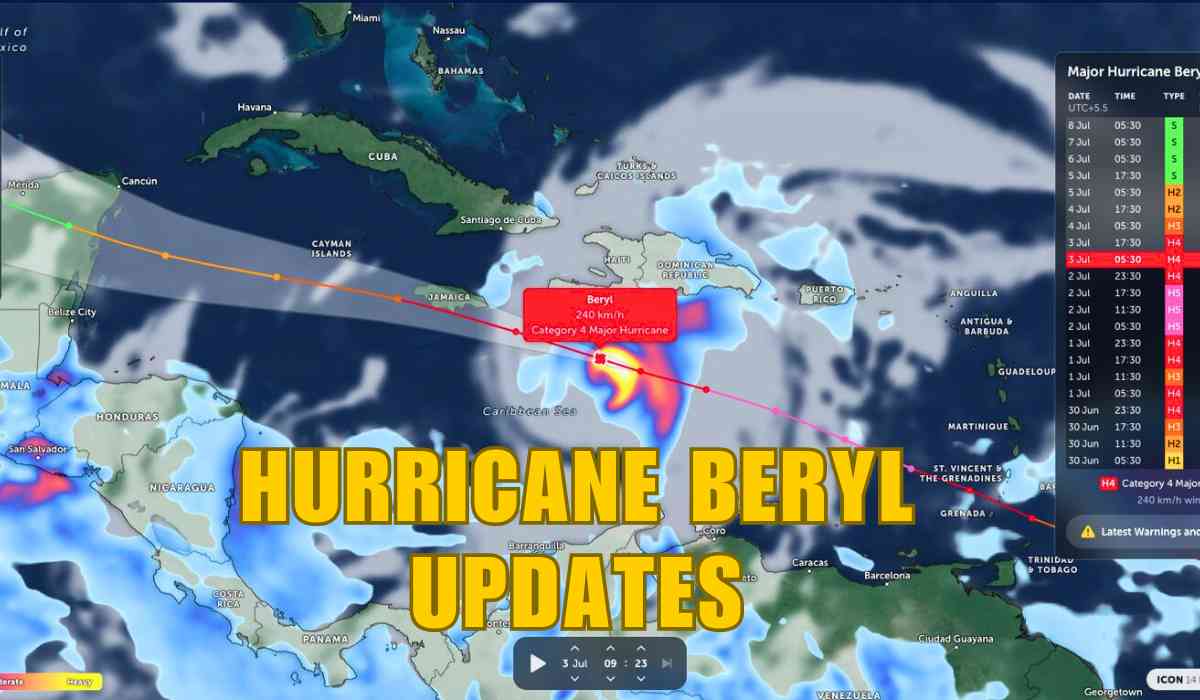Hurricane Beryl, the 2024 Atlantic season's first hurricane and the earliest storm on record to reach the strongest possible ranking of Category 5, is now barreling towards Jamaica as a powerful Category 4 storm. This unprecedented early-season cyclone has already caused significant devastation across the southeastern Caribbean and threatens further destruction as it continues its path.
Record-Breaking Intensity
• Beryl became a Category 5 hurricane on July 1, 2024, the earliest date ever recorded in the Atlantic basin.
• It reached maximum sustained winds of 265 km/h before slightly weakening.
• This rapid intensification from Category 1 to Category 4 occurred in less than 10 hours, marking the fastest such strengthening ever recorded before September.
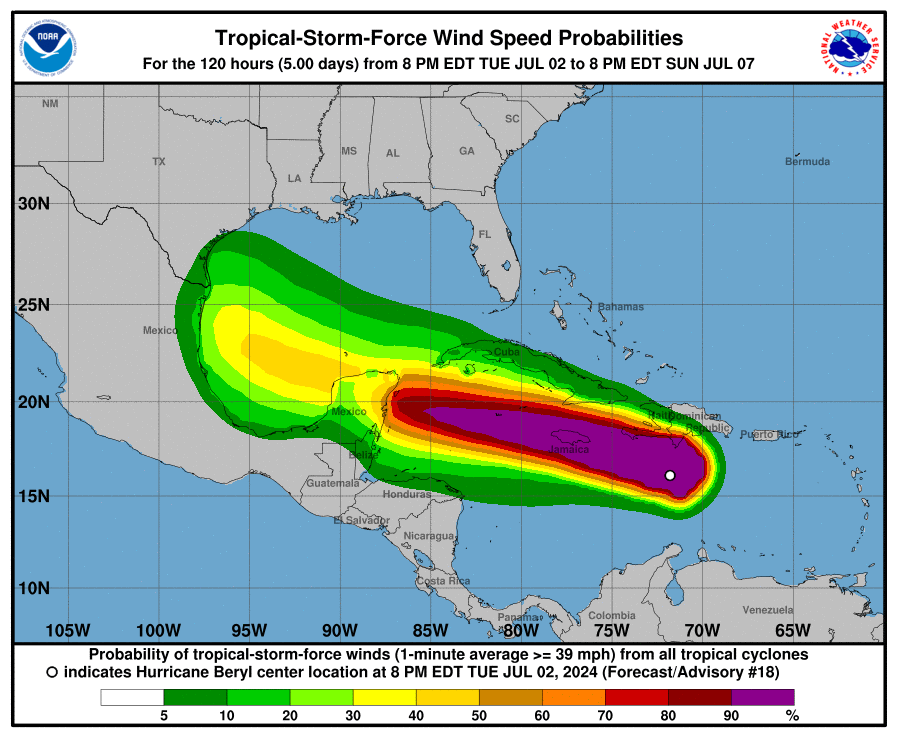
Current Status and Trajectory
As of early Wednesday, July 3, 2024, Hurricane Beryl's position and characteristics are as follows:
• Location: Approximately 400 kilometres east-southeast of Kingston, Jamaica
• Wind speeds: sustained winds of 230 km/h
• Movement: west-northwest at 35 km/h
• Saffir-Simpson Hurricane Wind Scale Category: 4.
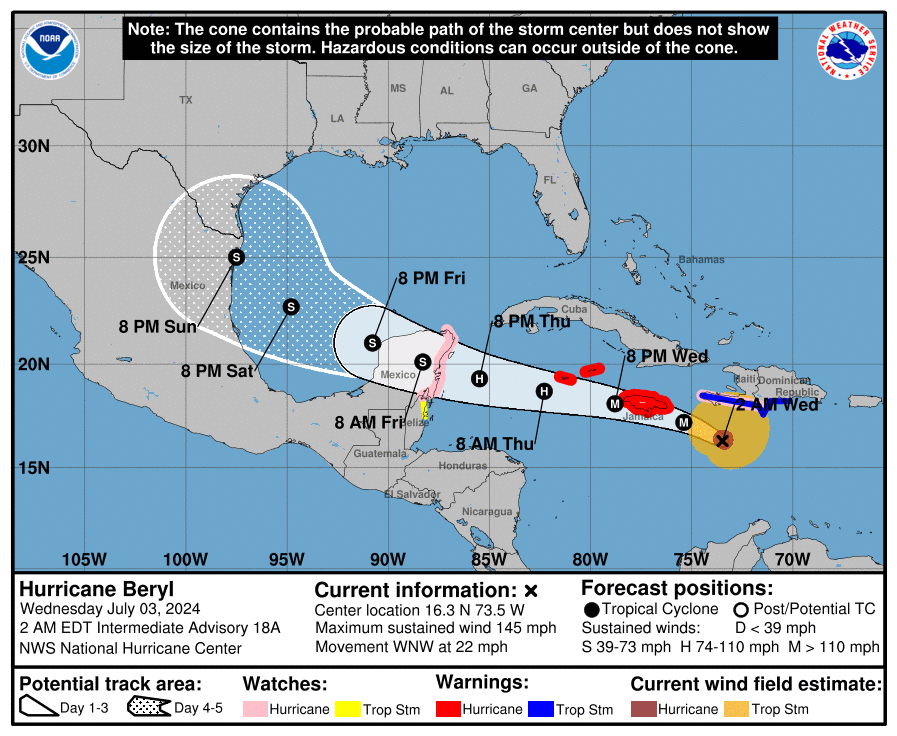
Forecast Path and Warnings
The National Hurricane Center has issued the following alerts:
• Hurricane warning: Jamaica, Grand Cayman, Little Cayman, and Cayman Brac
• Hurricane watch: Haiti's southern coast and Mexico's Yucatan Peninsula
• Tropical storm watch: parts of Belize, including from the Mexico border to Belize City
Beryl's projected path includes:
1. Jamaica: Early Wednesday
2. Cayman Islands: Thursday
3. Mexico's Yucatan Peninsula: Friday
_1719993835.png)
Climate change and hurricane activity
The Atlantic hurricane season of 2024 is expected to be incredibly active. Forecasts are made by the National Oceanic and Atmospheric Administration (NOAA) of the United States:
• 17 to 25 named storms
• 8 to 13 hurricanes
• 4 to 7 major hurricanes (Category 3 or higher)
Scientists attribute this increased activity to record-breaking sea temperatures, which are linked to human-caused climate change and cyclical weather patterns.
Dr. Anne-Claire Fontaine, a scientific officer for the United Nations' World Meteorological Organization, explains: "A reason Beryl developed so early in the season is because the Main Development Region is hitting its warmest ever temperatures."
For more on this, read: What Is El Niño
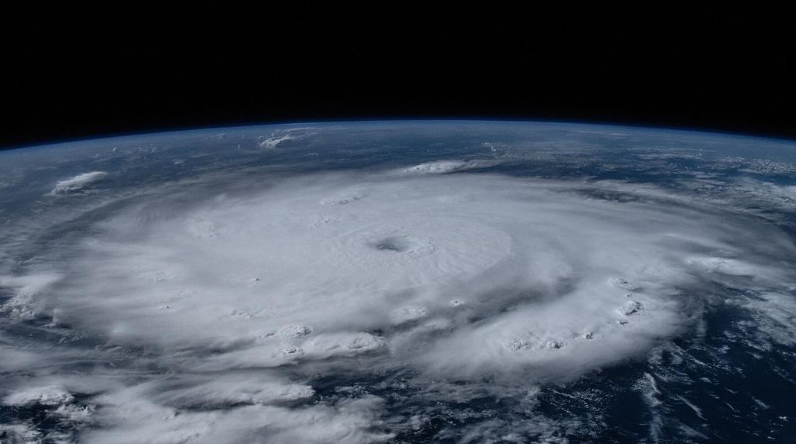
Hurricane Beryl in the Caribbean on July 1, 2024, while aboard the @ISS - NASA astronaut Matthew Dominick
Damage and Impact So Far
The storm has already left a trail of destruction across smaller Caribbean islands.
• Grenada: At least three deaths reported, severe damage to Carriacou and Petite Martinique
• St. Vincent and the Grenadines: One death confirmed, 90% of homes on Union Island destroyed
• Barbados: Fishing boats smashed, significant coastal damage
• St. Lucia: Drinking water supplies disrupted
• Northern Venezuela: Two deaths reported, with five people missing.
For more on this, read: Hurricane Beryl Sweeping Caribbean: Category 4 Storm Turning Life Threatening, Team India Stuck
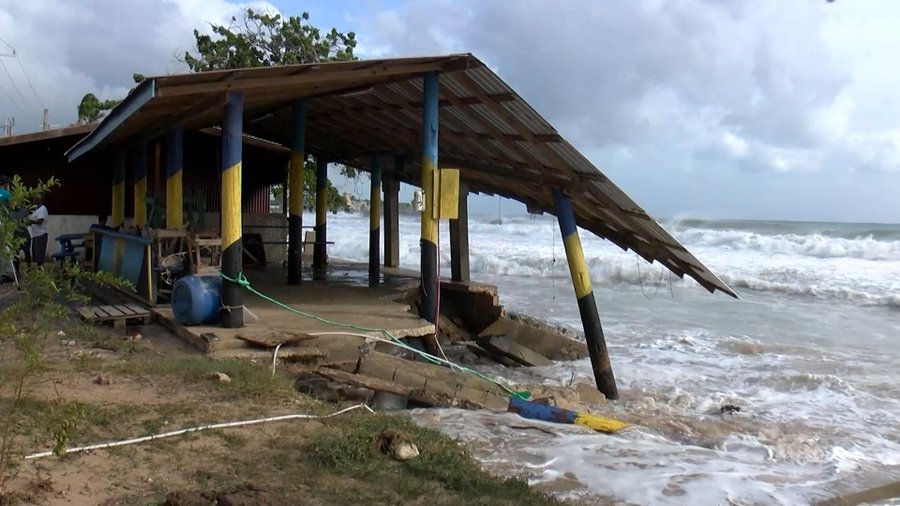
Preparing for Beryl's Arrival
Jamaican Prime Minister Andrew Holness has addressed the nation, urging citizens to take the threat seriously.
He stated, "I am encouraging all Jamaicans to take the hurricane as a serious threat. It is, however, not a time to panic."
Expected Impacts on Jamaica
As Beryl approaches Jamaica, the following severe conditions are anticipated:
• Life-threatening winds capable of causing widespread structural damage
• Storm surges of 1.8 to 2.7 metres above normal tide levels
• Heavy rainfall of up to 30 cm in some areas, leading to flash floods and mudslides
• Potential for tornadoes
International Response and Support
The Caribbean Catastrophe Risk Insurance Facility (CCRIF) has announced it's ready to provide rapid payouts to affected member countries. This parametric insurance mechanism can release funds within 14 days of a disaster, helping governments manage the immediate financial impact.
• In addition to keeping an eye on the hurricane's path, which may have an impact on Jamaica and Central America, the UNDP is prepared to send staff to assist national and regional emergency management authorities in beginning relief and recovery operations in the Eastern Caribbean.
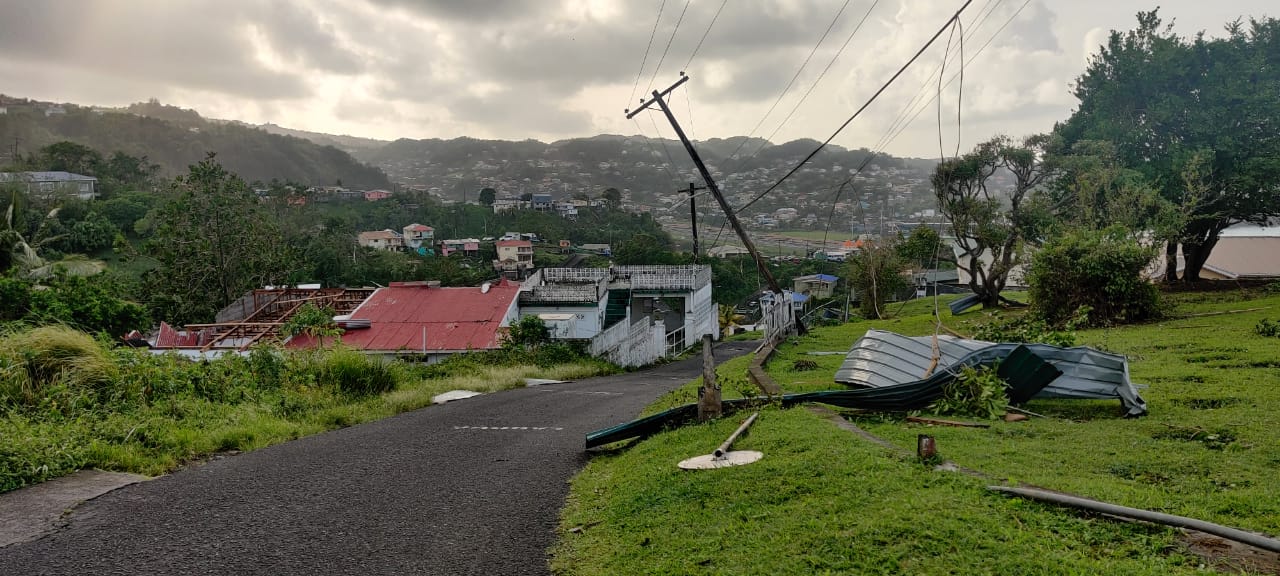
Historical Context
Hurricane Beryl is the strongest storm to hit the southeastern Caribbean in 20 years, since Hurricane Ivan in 2004. Ivan caused widespread destruction across the region, including in Grenada, Jamaica, and Cuba, before making landfall in the United States.
Long-Term Implications
The unprecedented early strength of Beryl has reignited discussions about the need for a new category on the Saffir-Simpson scale. Some scientists argue that as climate change fuels more intense storms, a hypothetical "Category 6" may be necessary to accurately communicate risk to the public.
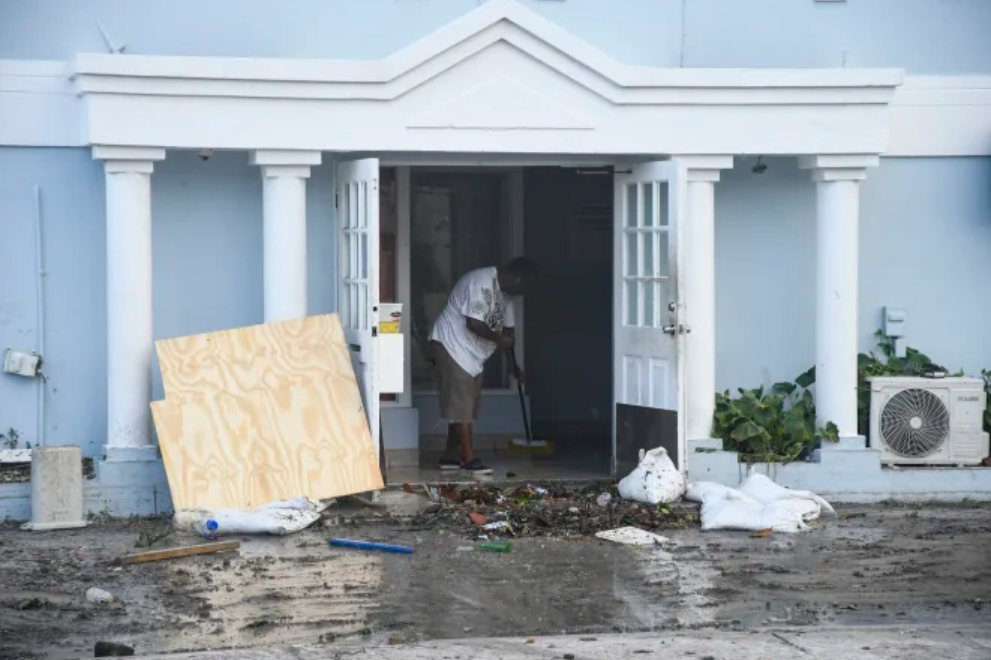
As Hurricane Beryl continues its journey through the Caribbean, residents are urged to stay vigilant, follow official guidance, and prioritise safety above all else. The storm serves as a stark reminder of the increasing vulnerability of coastal and island communities to extreme weather events in a changing climate.
Inputs from multiple agencies
Media sources: multiple sources
Ⓒ Copyright 2024. All Rights Reserved Powered by Vygr Media.

